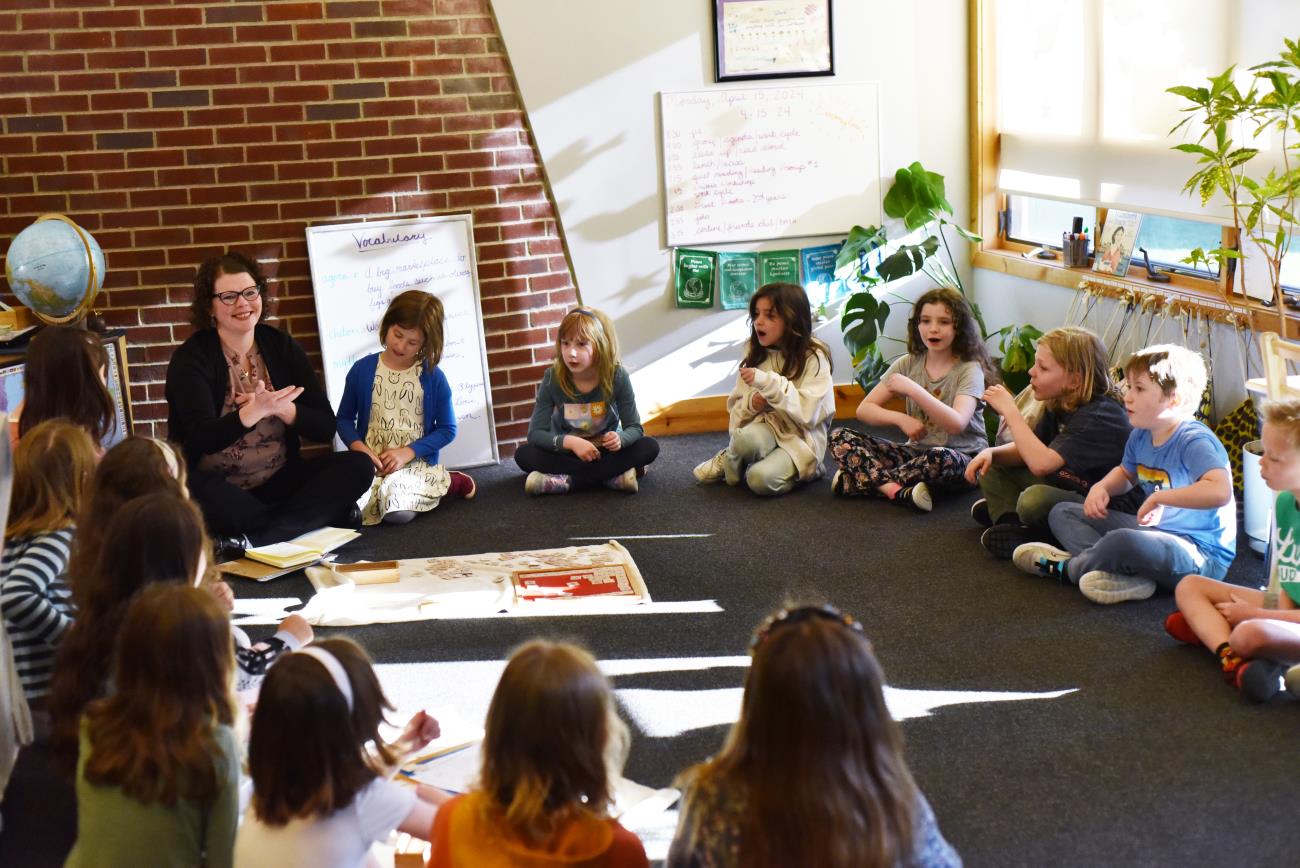
Teacher-Led Montessori Schools
Teacher-Led Montessori Schools Imagine a learning landscape scattered with intimate classrooms, where children guide their own discovery and teachers act as facilitators, not lecturers. This is the vision of Wildflower, a blossoming network of tiny, School Leadership in Controversy. But can this unique approach, rooted in a specific educational philosophy, truly take root and flourish nationwide, or is it destined to remain a niche phenomenon? Let’s explore the potential and pitfalls of this ambitious undertaking.
Beyond Tradition: Demystifying the Montessori Method
To understand Wildflower’s mission, we need to delve into the heart of Montessori education:
- Child-centered learning: At its core, Montessori emphasizes the autonomy and natural curiosity of children, allowing them to learn at their own pace and explore their interests through hands-on activities and self-directed exploration.
- Prepared environment: Montessori classrooms are meticulously designed with specific materials and activities that cater to different developmental stages and foster independent learning and problem-solving skills.
- Trained teachers: Montessori teachers act as guides, observing and supporting children’s individual learning journeys and fostering a nurturing and respectful learning environment.
Look video for more information about this topic Teacher-Led Montessori Schools
Beyond Smallness: Wildflower’s Vision and Approach
Wildflower aims to redefine the educational landscape with its unique characteristics:
- Tiny schools: These schools typically have fewer than 50 students, fostering a close-knit learning community and allowing for personalized attention and individualized learning plans.
- Teacher-led: Ownership and operation are entirely in the hands of teachers, empowering them to tailor the curriculum and create a learning environment that reflects their unique strengths and philosophies.
- Focus on affordability: Wildflower schools strive to be financially accessible, aiming to reduce tuition costs compared to traditional Montessori schools.
Beyond Hype: Examining the Potential Benefits
Wildflower’s approach could offer several advantages:
- Personalized learning: Smaller settings and a focus on individual needs can cater to diverse learning styles and abilities, potentially leading to deeper understanding and increased student engagement.
- Teacher empowerment: Owning and operating their own schools allows teachers greater autonomy and flexibility in curriculum design and instruction, potentially fostering innovation and passion in the classroom.
- Accessibility and community: Lower tuition costs could make Montessori education more accessible to a wider range of families, potentially contributing to a more diverse and inclusive learning environment.
Teacher-Led Montessori Schools: Recognizing Potential Challenges
However, scaling up Wildflower’s model comes with its own set of challenges:
- Sustainability: Ensuring the financial viability of these tiny schools can be difficult, especially without traditional funding sources and potentially fluctuating enrollment numbers.
- Teacher workload: Balancing administrative duties with classroom responsibilities can be a heavy burden for teachers, potentially impacting their ability to provide optimal support to students.
- Maintaining quality standards: Scaling up while ensuring the core principles and quality of a specific educational method like Montessori can be challenging and requires careful planning and oversight.
Teacher-Led Montessori Schools: Fostering Collaboration and Learning
Instead of viewing Wildflower as a competitor to traditional education models, let’s consider the potential for synergy and shared learning:
- Cross-pollination of ideas: Traditional schools can learn from Wildflower’s emphasis on personalized learning, teacher empowerment, and fostering a nurturing learning environment.
- Shared resources and support: Wildflower networks can benefit from collaboration with larger educational institutions in areas like curriculum development, professional development for teachers, and access to educational resources.
- Focus on the common goal: Regardless of the specific model, all stakeholders in education share a common goal: nurturing well-rounded individuals equipped with the knowledge and skills to thrive in an ever-evolving world.
The Final Chapter: Redefining Educational Landscapes
While Wildflower’s journey is still unfolding, it raises crucial questions about the future of education. Can smaller, more personalized, and teacher-driven models like this take root and flourish alongside traditional educational systems? The answer likely lies not in pitting models against each other, but in fostering collaboration, adaptability, and a shared commitment to a student-centered approach that empowers every child to reach their full potential. Remember, the ideal educational landscape isn’t a one-size-fits-all approach, but a diverse ecosystem where different models can co-exist, learn from each other, and collectively nurture the next generation of learners and leaders.






One thought on “Teacher-Led Montessori Schools: Can They Bloom Nationwide?”